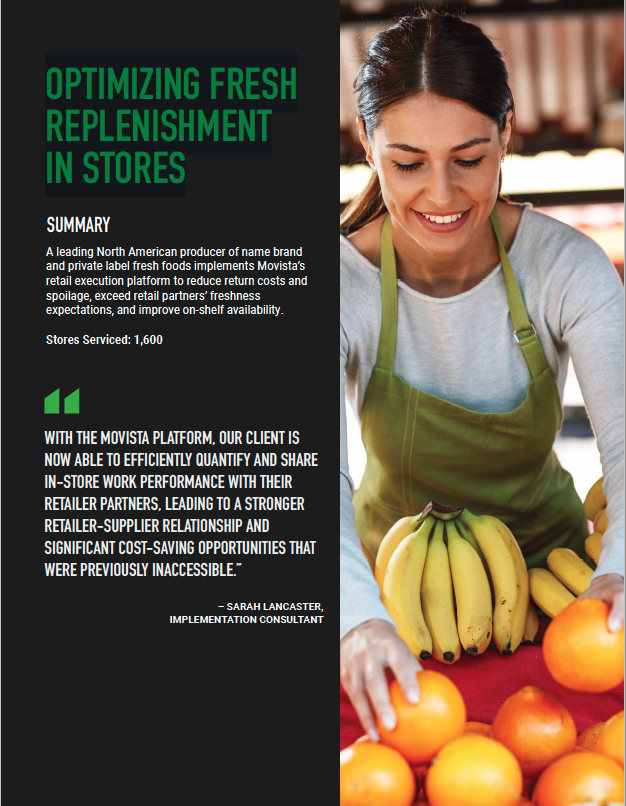BEYOND COMPLIANCE: UNDERSTANDING THE IMPACT OF THE FOOD TRACEABILITY FINAL RULE ON MERCHANDISING TEAMS

The complexities of global supply chains have significantly heightened the risks associated with food safety. Each year, foodborne illnesses affect approximately 48 million Americans, emphasizing the critical need for robust food traceability systems. The FDA's Food Traceability Final Rule, a key component of the Food Safety Modernization Act (FSMA), aims to bolster safety measures within the food supply chain. This rule represents a pivotal shift in regulatory standards, emphasizing the necessity for stringent traceability in the food industry.
For Consumer Packaged Goods (CPG) brands, compliance with this rule is not just a regulatory requirement but a strategic initiative that can significantly influence their market position and operational integrity. The demand for transparency and safety is particularly pressing for CPG brands, whose success hinges on their ability to inspire trust and meet the increasing expectations of today's informed consumers.
Merchandising teams play a crucial role in ensuring these standards are visibly upheld in retail environments. Their work in effectively presenting and managing products on shelves can significantly impact consumer perception and trust. As such, the FDA's Food Traceability Final Rule has profound implications for these teams, requiring them to understand and implement enhanced traceability records for specific foods, known as Key Data Elements (KDEs) and Critical Tracking Events (CTEs).
The advantages of robust traceability systems extend well beyond regulatory compliance. They are instrumental in minimizing food safety risks, enabling companies to quickly identify and address potential issues before they escalate. Traceability processes create a clear audit trail for quick identification and isolation of potential issues, minimizing the impact of recalls and protecting brand reputation. Detailed insights gained from traceability data can also aid in refining operational performance by pinpointing and eliminating inefficiencies, leading to cost reductions and enhanced productivity.
Moreover, transparency in food traceability allows CPG brands to weave compelling narratives around their products, highlighting ethical sourcing practices, sustainable production methods, and rigorous quality control measures. This level of openness resonates deeply with consumers who are increasingly mindful of the origins and broader impacts of their food choices.
The compliance deadline for the FDA's Food Traceability Final Rule is set for January 20, 2026. This involves technological upgrades and extensive training for teams to manage new systems and protocols adeptly. As the industry adapts to these new realities, the rule is proving to be a powerful catalyst for positive change. It's pushing CPG brands to elevate their standards, embrace innovation, and ultimately deliver safer, higher-quality products to consumers.
In conclusion, the journey toward full compliance with the FDA's Food Traceability Final Rule is complex, but it promises significant benefits for brands, consumers, and public health. By adopting comprehensive traceability systems, food industry leaders can elevate a basic compliance measure to a strategic asset, catalyzing operational excellence and propelling business growth.
